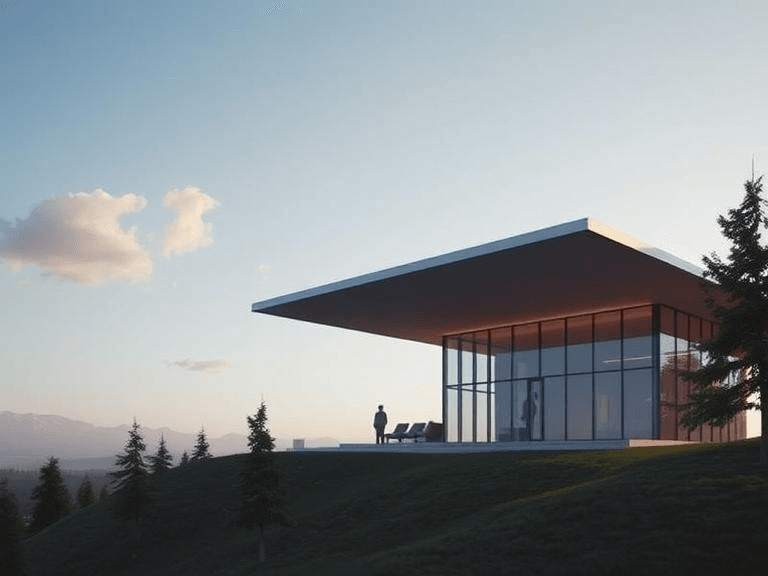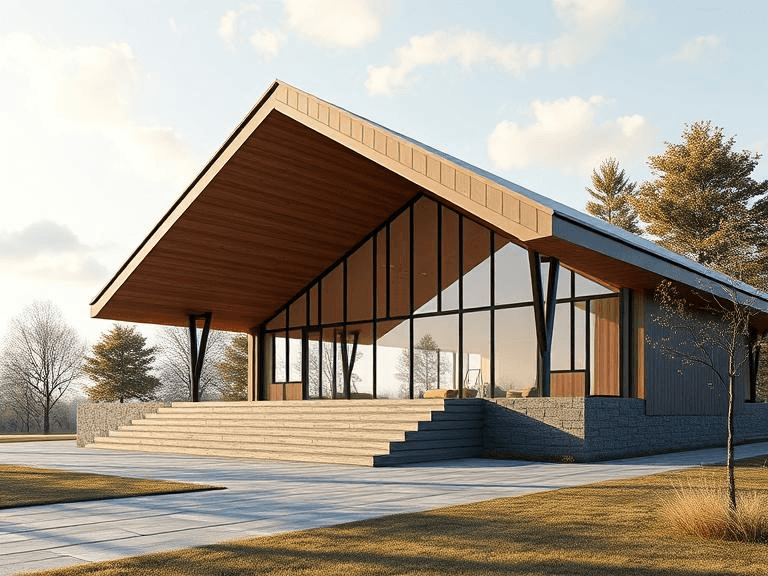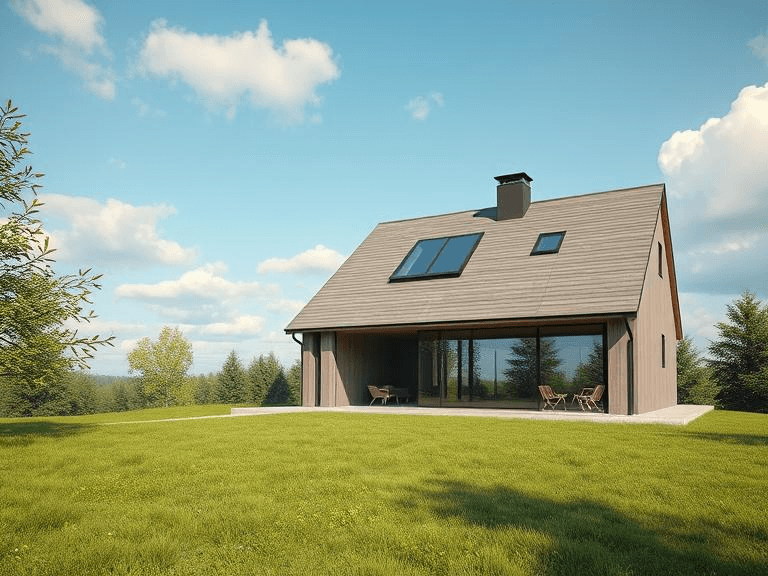
Adverse weather conditions encompass a variety of phenomena that can significantly affect roofing systems. Among these, heavy rain, snow, hail, wind, and extreme temperatures are the most common contributors to potential roof damage. Each of these conditions interacts uniquely with roofing materials, leading to diverse challenges for homeowners and property managers.
Heavy rain can lead to water pooling and, over time, may result in leaks and structural weakening. The weight of accumulating water can cause shingles to sag or even detach from the roof deck, compromising the integrity of the roof. Moreover, if gutters are blocked or not properly maintained, they can exacerbate water-related issues, causing further damage.
Snow accumulation presents its own set of challenges. The weight of heavy snow can strain roofing materials, particularly if combined with thawing and refreezing cycles. This can lead to ice dam formation, where melting snow refreezes at the roof’s edge, causing additional water to be trapped and potentially infiltrating the underlying layers of the roof.
Hail is another severe weather condition that poses a substantial threat to roofs. The impact from hailstones can cause dents, cracks, or punctures in roofing materials like asphalt shingles, metal roofs, and even tiles. The extent of the damage often depends on the size of the hailstones and the intensity of the storm.
Wind is a powerful force that can lift shingles and dislodge roofing components. High winds can create an updraft that compromises the roof’s structural integrity, leading to missing or damaged shingles. Moreover, debris carried by strong winds can exacerbate these problems by striking and damaging the roof.
Finally, extreme temperatures, whether highs or lows, can lead to thermal expansion and contraction in roofing materials. This continual stress can cause materials to crack or become brittle over time, ultimately impacting the roof’s durability and longevity.
By understanding these adverse weather conditions, homeowners can be better prepared to maintain their roofs and address potential issues proactively.
Common Roof Damage Caused by Weather
Adverse weather can significantly impact the integrity of roofs, leading to various types of damage that can compromise their functionality. One of the most common issues associated with severe weather is the development of leaks. Heavy rainfall, particularly accompanied by strong winds, can force water under shingles or other roofing materials, creating pathways for moisture to infiltrate the home. This can result in water damage to ceilings, walls, and insulation, necessitating expensive repairs and remediation.
Another frequent consequence of adverse weather is structural damage. High winds can dislodge shingles, cause them to curl or even tear them off entirely, leading to exposed areas on the roof. Additionally, ice accumulation during winter months can produce ice dams, which form at the roof’s edge. These dams block proper drainage, promoting further water pooling that can seep beneath the roofing material and lead to structural compromise.
The deterioration of roofing materials is also a significant concern. Prolonged exposure to intense sun, heavy rain, and fluctuating temperatures can weaken materials, making them brittle and ineffective. For instance, asphalt shingles can become cracked and start to lose granules, while metal roofs may develop rust or corrosion under constant moisture exposure. Early identification of these signs can prevent extensive damage and costly repairs.
It is essential for homeowners to recognize the potential risks that adverse weather poses to their roofs. Regular maintenance and inspections can greatly enhance the longevity of roofing systems, allowing for the early detection of issues such as leaks or material deterioration. By taking proactive steps, homeowners can mitigate the risks associated with weather-related roof damage, ensuring a safer living environment.

Preventive Measures to Protect Your Roof
Protecting your roof from adverse weather conditions requires proactive measures and regular maintenance. Homeowners can begin by scheduling regular inspections, ideally at least twice a year. These inspections should focus on key areas prone to weather-related damage, such as flashings, shingles, and gutters. During these assessments, identifying and addressing minor issues like cracked shingles or clogged gutters can prevent them from escalating into significant, costly repairs.
Another critical strategy is selecting appropriate roofing materials that suit the climate. For instance, homes in regions susceptible to heavy rain or snow should consider materials designed to shed water effectively, while those in areas with intense sun exposure may benefit from heat-reflective materials. Investing in high-quality roofing materials can minimize damage during severe weather incidents, thereby prolonging the lifespan of your roof.
Regular maintenance is equally essential for protecting your roof from adverse weather effects. This includes cleaning gutters to ensure proper drainage and removing debris that could trap moisture against the roofing surface. Homeowners should also check for signs of wear and tear after severe weather events and promptly conduct necessary repairs. Failure to address these issues can lead to water pooling, mold growth, and other structural concerns, which may further compromise the integrity of the roof.
As storm season approaches, taking preemptive actions is vital. This can include reinforcing roof structures, trimming overhanging branches, and securing any loose elements that may become dangerous projectiles during high winds. Understanding how adverse weather affects your roof is crucial for formulating an effective protection strategy, ensuring that your home remains safe and secure.
When to Call a Professional Roofer
Understanding when to seek the assistance of a professional roofer is essential for maintaining the integrity of your roofing system, particularly after experiencing adverse weather. Homeowners may often be tempted to undertake repairs themselves, but certain signs indicate that the damage is beyond DIY capabilities. These signs may include visible leaks, missing shingles, or significant granule loss from shingles, all of which can compromise the waterproofing characteristics of your roof.
Another critical juncture to call a professional roofing contractor arises after severe weather events, such as hurricanes, heavy snow, or hailstorms. Roofs are subjected to increased stress under such conditions, and an initial visual inspection may not reveal hidden issues like compromised structural integrity or mold growth. A professional roofer is equipped to conduct thorough structural inspections and assess any potential sign of damage that could lead to long-term problems. Failure to address such concerns promptly could result in more extensive and costly repairs in the future.
Choosing a reputable roofing company is equally important when seeking professional help. Homeowners should look for licensed contractors with positive customer reviews and experience dealing with roof repairs following adverse weather. Certifications from recognized organizations can also indicate a contractor’s reliability and dedication to quality work. Engaging a professional not only ensures a comprehensive assessment of your roof but also provides peace of mind that the repair work is executed with skill and expertise.
In conclusion, recognizing the right time to call a professional is crucial for managing the impacts of adverse weather on your roof. Professional assessments and repairs play a significant role in ensuring the longevity and functionality of your roofing system, effectively safeguarding your home from future risks.


